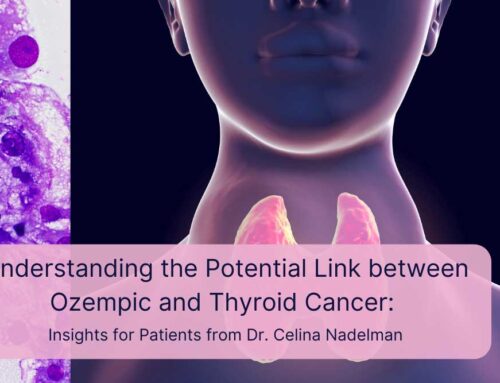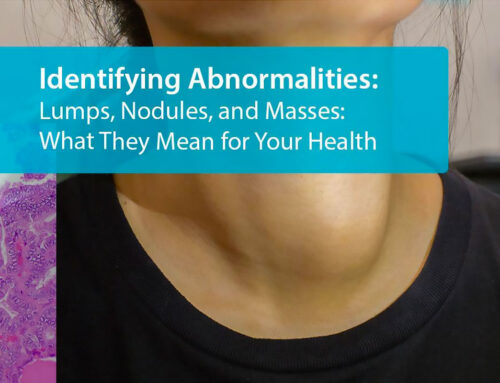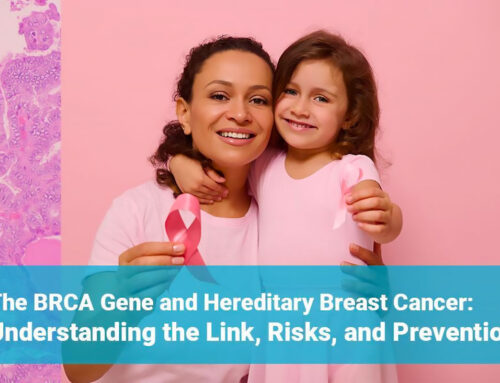How an FNA Can Help Diagnose Thyroid Cancer
Thyroid cancer, like any cancer, is best found and treated early. Knowing the signs and symptoms will help send you to the doctor if you have concerns. Once there, your doctor may refer you for an FNA of the thyroid—a fine needle aspiration. This kind of procedure is best performed by an expert such as Dr. Celina Nadelman, a pathologist and cytopathologist, or a “doctor’s doctor”, in Los Angeles.
Signs and Symptoms
Thyroid cancer often begins with subtle symptoms. These include the following:
- Trouble swallowing or feeling like you have a lump when eating
- A constant cough, even when you don’t have a cold
- A lump in the neck, which may grow quickly or slowly
- Hoarseness or other voice changes that will not go away over time.
- Neck swelling
- Pain in the front of your neck or in one or both ears
- Trouble breathing or swallowing
FNA of the Thyroid
The purpose of an FNA of the thyroid is to obtain cells or tissue for examination under a microscope. The doctor uses a very thin, fine needle, which is inserted into the lump or mass. FNA needles are hollow, allowing the cells to travel up the needle just as sand particles travel up a straw pushed into the sand. The needle is then withdrawn and the contents are expelled on a slide for microscopic examination. Fluid may also be aspirated, as cancer cells can “hide” in what looks like normal tissue.
Critical Components of an FNA
The hand-eye coordination of the FNA specialist or cytopathologist is one of the most important aspects of obtaining a specimen. In addition, the doctor must know how to use an ultrasound system to ensure that the samples are obtained from the lump in question. As blood can interfere with getting a correct diagnosis by obscuring the cells once they are placed on the slide, steps are taken to minimize microscopic bleeding. One of these steps is not to use suction, unless really needed, during the FNA procedure. Next, the sample must be transferred to the slides with great delicacy to prevent smashing the fragile cells. Applying fixative immediately is a required to preserve the cells for examination. Finally, the cytopathologist must have the knowledge necessary to recognize cell changes and shapes that indicate thyroid cancer.
A diagnosis of any kind of cancer can be frightening. Ensuring that the specimen is of high quality also means the diagnosis is accurate. A false negative diagnosis due to improper technique or inadequate knowledge is of no help to the patient. If you are concerned about the possibility of thyroid cancer, Dr. Nadelman can help obtain a correct diagnosis. Please contact our office for an appointment.




